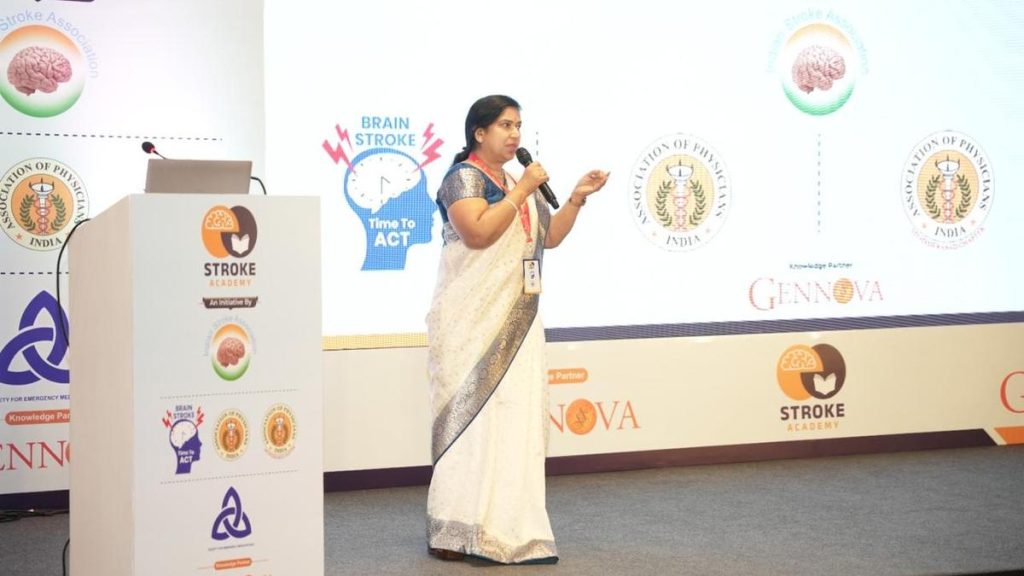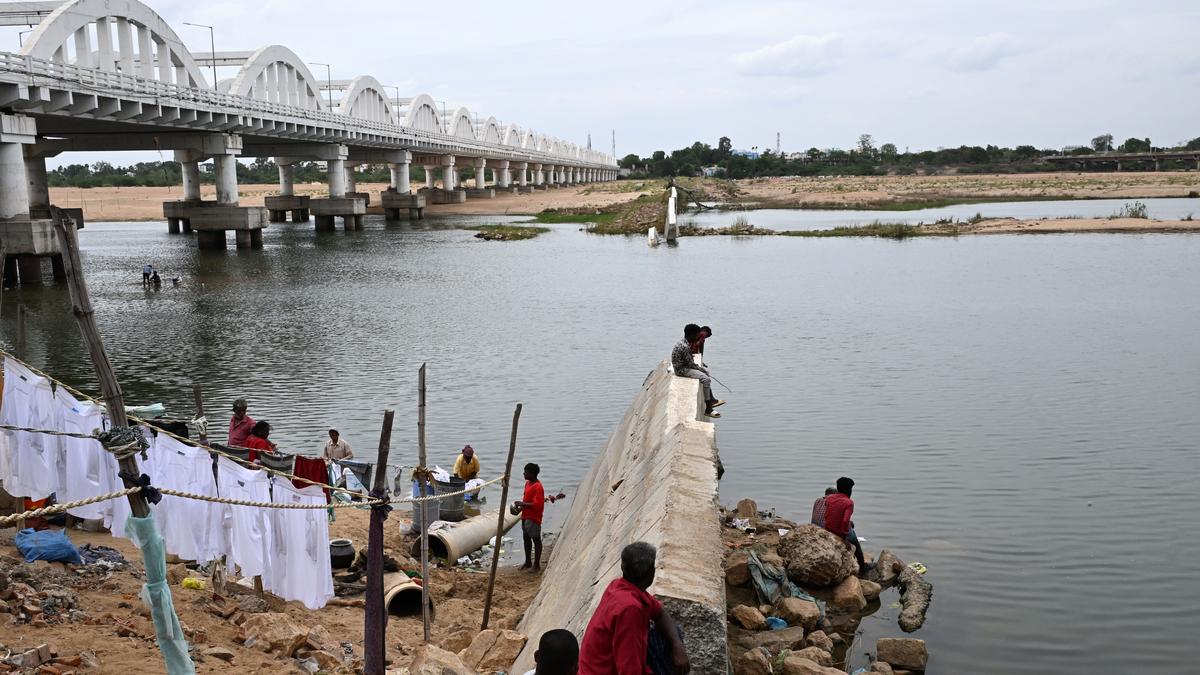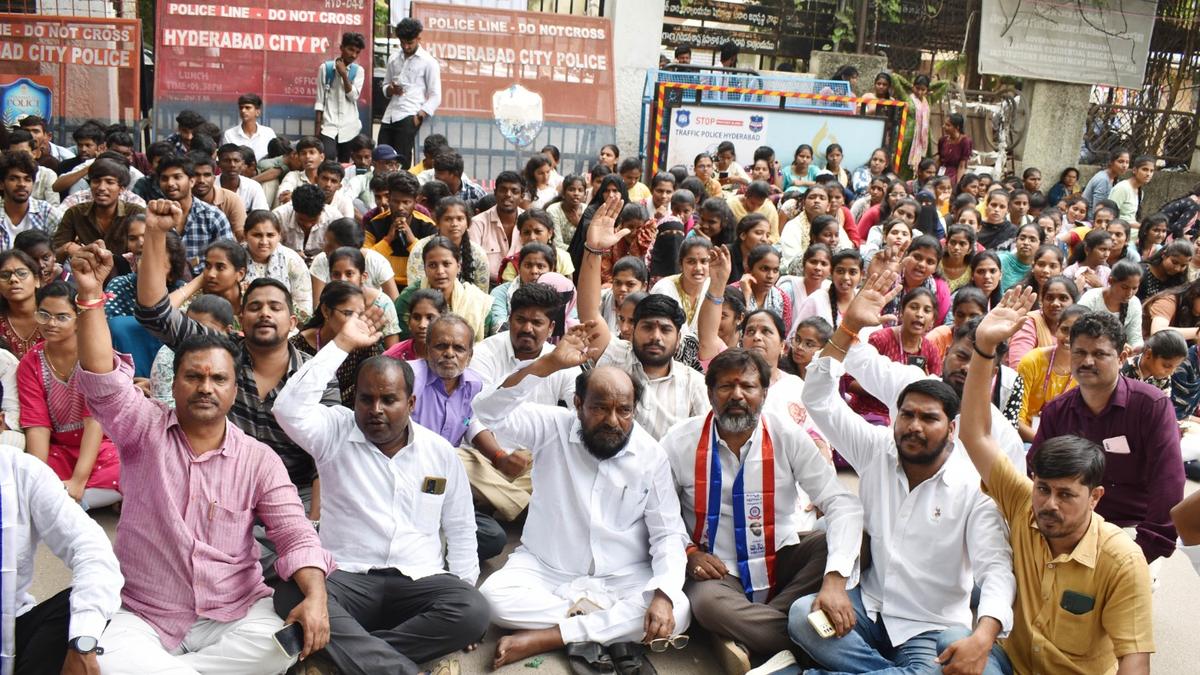Now Reading: Deputy Commissioner Calls for Effective Implementation of SCSP and TSP Schemes
-
01
Deputy Commissioner Calls for Effective Implementation of SCSP and TSP Schemes
Deputy Commissioner Calls for Effective Implementation of SCSP and TSP Schemes
Speedy Summary
- Deputy Commissioner Prashant Kumar Mishra conducted a District Monitoring Committee meeting in Ballari on the implementation of Scheduled Castes Sub-Plan (SCSP) and tribal Sub-Plan (TSP) for 2024-25.
- Officials were instructed to ensure complete and proper utilisation of funds allocated under SCSP and TSP, as mandated by the Karnataka SCSP/TSP Act, 2013.
- Departments must prepare feasible work lists for immediate implementation with first-quarter grants.
- Mr. mishra highlighted issues of poor fund utilisation and questioned departments regarding pending bills up to March 2025.
- Notices will be issued to departments failing in effective fund usage, with disciplinary actions initiated under legal provisions.
- Beneficiary-oriented schemes were prioritised; Mr. mishra noted that progress is only achieved when government funds reach intended beneficiaries.
- Poor performance was observed in the Department of Handlooms and Textiles despite fund availability. Lack of beneficiary interest was cited as a reason by officials; they were urged to formally notify state headquarters about such concerns.
- Key attendees included officials from Social Welfare, Backward Classes Welfare, Food Supplies, Health Services, Urban Development Project office, among others.
Indian Opinion Analysis
The meeting highlights systemic challenges in utilising allocated budgets meant for marginalised communities under SCSP and TSP initiatives. The focus on ensuring 100% utilisation reflects an effort toward accountability but also raises concerns about long-standing inefficiencies within departmental structures. While robust action-such as disciplinary measures-may push departments toward compliance,addressing root causes like lack of beneficiary participation is equally important.for India’s broader social welfare agenda, timely execution under these plans is crucial not only for economic development but also societal equity. However, this news illustrates gaps between policy design and ground-level implementation due to factors like poor interdepartmental coordination or community engagement strategies that fail to connect effectively with beneficiaries.
Read more: Link
























